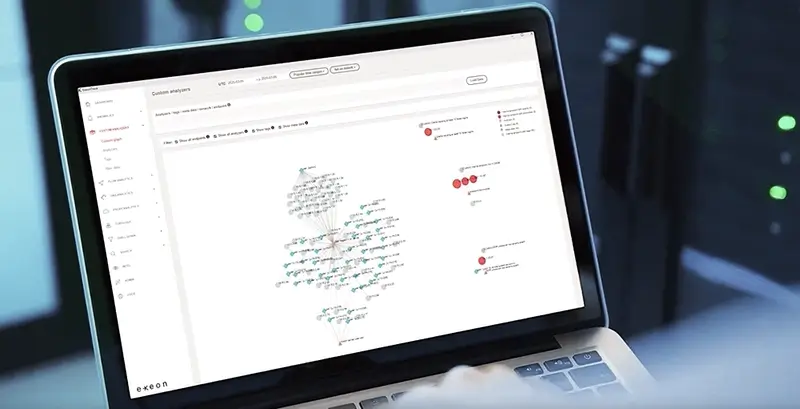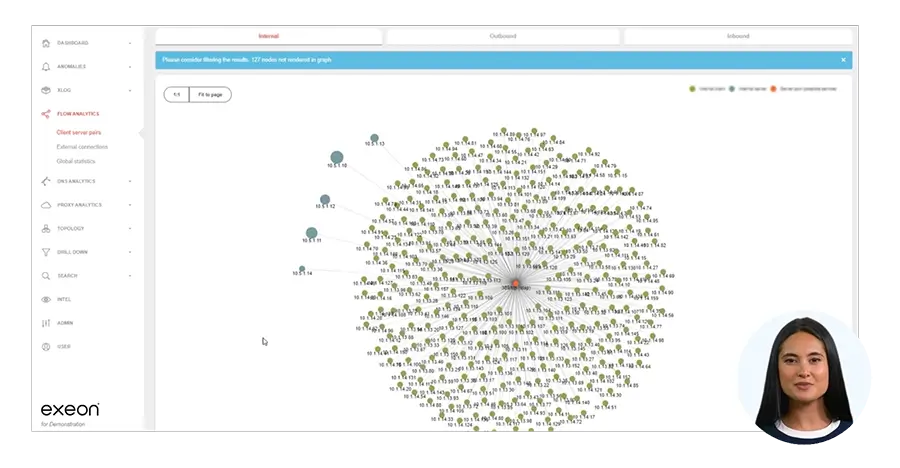What is DLL sideloading?
DLL sideloading exploits how Windows applications handle Dynamic Link Library (DLL) files. When a program loads a DLL, it searches for the required file in specific directories. Attackers exploit this behavior by placing a malicious DLL in the same directory as the executable and tricking the application into loading the malicious version instead of the legitimate version. This allows attackers to execute arbitrary code, often with elevated privileges, and remain undetected. DLL sideloading is a technique where attackers trick a legitimate application into loading a malicious dynamic link library (DLL) instead of the intended one. This method exploits how Windows checks for DLLs when an application is launched, potentially allowing malware to run with the privileges of a trusted program.
Introduction
In today’s cybersecurity landscape, attackers constantly develop new techniques to evade traditional defenses. One of these advanced methods is DLL sideloading, a sophisticated attack vector increasingly used by cybercriminals. Organizations must be informed and armed to mitigate this growing threat, especially as hybrid IT environments become the norm.
As a leading provider of Network Detection and Response (NDR), Exeon is committed to helping organizations understand and mitigate such risks. Read on to learn more about its dangers, and how advanced security solutions can protect your organization.
Why is DLL sideloading so dangerous?
It poses several significant risks:
- Undetected execution: malicious DLLs often mimic legitimate files and allow attackers to bypass signature-based detection systems.
- Privilege escalation: If the compromised application has administrator privileges, the attacker gains extensive access to the system.
- Sideloading: Once the attacker has penetrated the system, they can use this technique to move around the network and compromise other systems.
- Advanced Persistent Threats (APTs): Many APT groups utilize this method as part of their arsenal to gain access to target environments over an extended period.
- Conventional security measures are bypassed: DLL sideloading can bypass many traditional security measures because it uses legitimate applications to execute malicious code.
- Persistence: The attacker can become permanently embedded in the system after a successful attack.
- Escalation of privileges: Malware can be executed with elevated privileges, leading to a more significant threat to the system.
- Difficult to detect: It can be challenging using traditional methods because it uses legitimate applications.
How can organizations detect and prevent DLL sideloading?
Preventing DLL sideloading requires a layered approach that combines endpoint protection, network visibility, and adherence to cybersecurity best practices. Here are the key strategies to protect your organization:
1. Monitoring network communications
DLL sideloading often causes suspicious network activity, such as unauthorized connections or unusual data transfers. Advanced NDR tools like Exeon.NDR monitors flow data other network communication data to detect these anomalies in real time; AI-driven analytics help identify patterns indicative of DLL sideloading attempts and enable rapid response.
2. Behavior-based analysis
Attackers often use sideloaded DLLs to perform unusual behaviors, such as accessing sensitive files or executing unauthorized commands. Exeon.NDR uses machine learning-based behavioral analysis to detect these deviations from regular activities, even when traditional signature-based solutions fail.
3. Application control and whitelisting
Implement strict application controls to execute only authorized software and DLLs. Maintain an up-to-date whitelist of trusted applications and their libraries to prevent the execution of malicious DLLs.
4. Patch management
Regularly update and patch applications and operating systems to eliminate vulnerabilities attackers exploit for DLL sideloading. Ensure that all third-party software comes from reputable sources and has been validated.
5. Zero Trust security model
Implement a Zero Trust strategy by continuously authenticating and monitoring all users and devices. Exeon.NDR supports Zero Trust principles through granular access controls and real-time network activity monitoring.
How Exeon can help
Exeon.NDR provides comprehensive visibility into your IT environment and helps organizations detect and mitigate threats like DLL sideloading. By analyzing network communication, monitoring user behavior, and seamlessly integrating with hybrid infrastructures, it provides robust protection against advanced cyberattacks.

The key benefits of NDR in combatting DLL sideloading
Exeon provides centralized monitoring, AI-driven threat detection, regulatory compliance, and efficient on-premises deployment for robust and seamless cyber security. It is specifically designed to detect such sophisticated threats. Here’s how it works:
- Comprehensive network visibility: It provides complete visibility into your network traffic, including encrypted communications, without additional hardware. This extensive monitoring helps detect unusual behavior that could indicate DLL sideloading attempts.
- Advanced threat detection: An AI-powered platform utilizes machine learning for network security, enabling real-time anomaly detection. This capability is critical for detecting the subtle network behavior associated with DLL sideloading attacks.
- User and entity behavior analysis (UEBA): UEBA improves the ability to detect insider threats and abnormal user behavior that could indicate DLL sideloading attempts.
- Swiss quality: As a solution developed in Switzerland, it embodies the precision and data protection standards for which Switzerland is known. Unlike US competitors, Exeon products respect European privacy standards and avoid intrusive data collection methods.
- Flexibility in different environments: Our NDR supports both on-premise and cloud deployments for IT, IOT, OT, and SaaS applications, ensuring comprehensive protection against DLL sideloading across your infrastructure.
- Scalability performance: real-time processing capabilities outperform competitors that rely on batch analysis or slower query models and enable fast detection of DLL sideloading attempts.
Conclusion
DLL sideloading is a growing threat to cyber security and requires advanced detection capabilities to combat sophisticated techniques effectively. Exeon.NDR provides robust protection with comprehensive visibility, AI-driven threat detection, and behavioral analytics to defend against such attacks. Organizations partnering with Exeon Analytics access Swiss-quality cyber security innovation that prioritizes data protection, flexibility, and performance.
Using our NDR helps to detect, prevent, and respond to threats such as DLL sideloading while promoting a resilient and secure IT environment. To ensure your organization stays ahead of evolving cyber threats, take proactive measures and deploy innovative solutions like Exeons.

Are you ready to protect your organization from DLL sideloading and other advanced threats?
Watch this threat detection video for a guided tour with advanced AI features!


